9 Trends To Watch In 2021: Server Side, CCPA v2, CAPI, and Shopify Subscriptions
9 trends to watch in 2021 that impact your marketing data foundation
2021 is just around the corner and the frequency of changes to the world of tagging and managing your data foundation isn’t slowing down.
I thought I would take a few minutes to share quick hit updates on a bunch of topics that may impact you.
Some of these will require their own posts which you’ll see soon.
If you want to skim, I’ve included a tl;dr under each that summarizes the impact in tracking.
Let’s jump right into it!
1. Subscriptions in Shopify Checkout
tl;dr: Good news! The pain in the a$$ of keeping Facebook Pixel, Affiliates, GA, GTM, etc in order between Shopify and third party payments is vastly simplified.
In case you missed the announcement (I doubt anyone missed it!) Shopify has finally opened up checkout to subscription apps.
So now instead of split checkouts, you can run one-time and subscription purchases through one single checkout.
Like this Recharge example:
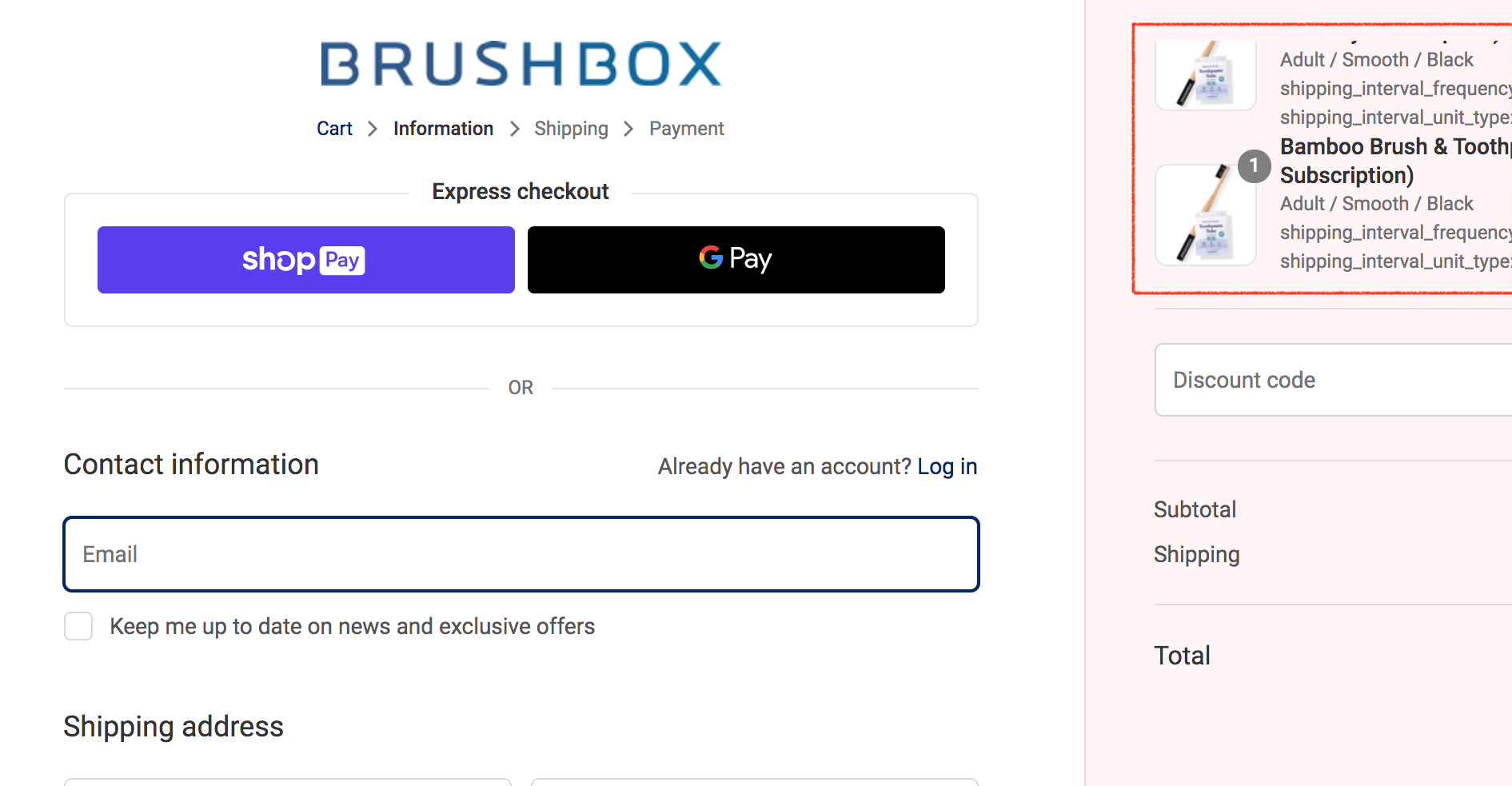
This means all of your tagging and analytics tracking can remain the same across for one-time and subscription purchases.
There will be things to consider with this change:
- Splitting out or customizing events for FB pixel so you can differentiate purchase types
- Will you run this in parallel with your separate Recharge/Bold domain or do a hard cutover?
If you want recurring orders in Google Analytics with the original source/medium applied to it then our subscription analytics app can help with that.
2. CCPA v2
tl;dr This doesn’t take effect until 2023, but CCPA v1 compliances remains in effect until then.
The US election has overshadowed other policies that have been (or might be) approved.
One of them is being dubbed “CCPA v2” which takes CCPA and puts it on steroids.
Search Engine Land has a great overview on this which you can read here.
If you want to learn more about the details then take the time to read the article – it is really informative.
3. Privacy Consent Management
tl;dr: Google is leading the charge trying to balance user privacy vs needs of marketers (attribution anyone?). Implement consent mode via GTM + Elevar 2.0 to stay ahead.
Not to be out done by CCPA, global privacy consent management is evolving quickly.
It’s nearly impossible to keep up with all of the changes!
You should take this seriously to prevent the hamster wheel of asking never-ending questions of data integrity.
Don’t get me wrong though => perfection is the enemy when it comes to tracking.
But being naive to these industry advancements will impact businesses. The “other people” not reading this will see those impacts….but not you 🙂 .
Here’s the general gist:
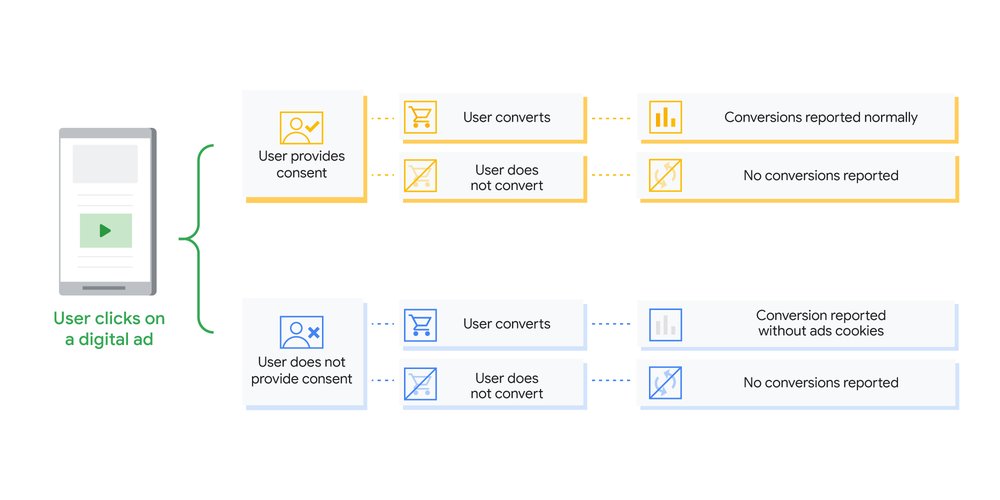
- In early September Google announced a new Consent Mode feature in this statement “Measure conversions while respecting user consent choices“
- The goal of this is to comply with various regulations (GDPR, CCPA) while still recording conversions so YOU the marketer can measure performance.
This consent mode feature is now built into Google Tag Manager, but you still have to populate the variable based on the user behavior.
Plus you’ll find a few additional features on the Conversion Linker tag when you decide to enable this.
This is one of those tracking changes that will get an article of its own (and we’ve built into our Elevar 2.0 version).
4. Ad Blocker Data Grows
tl;dr: We saw ~ 11% ad blocker usage on a small subset of customers we evaluated. This means 11% of events are missing from all marketing tags.
A growing trend across the world is Ad Blocker usage. These come in many forms but the most common are Chrome Extensions.
The way these work: a user browses websites and these tools block all known trackers, analytics tools, etc.
This “block list” is essentially a giant list of URLs that host the javascript for the servers that trigger the pixels/events on your site like:
- https://connect.facebook.net/en_US/fbevents.js
- https://www.google-analytics.com/analytics.js
Here’s an example of what’s blocked (notice even Segment is blocked):
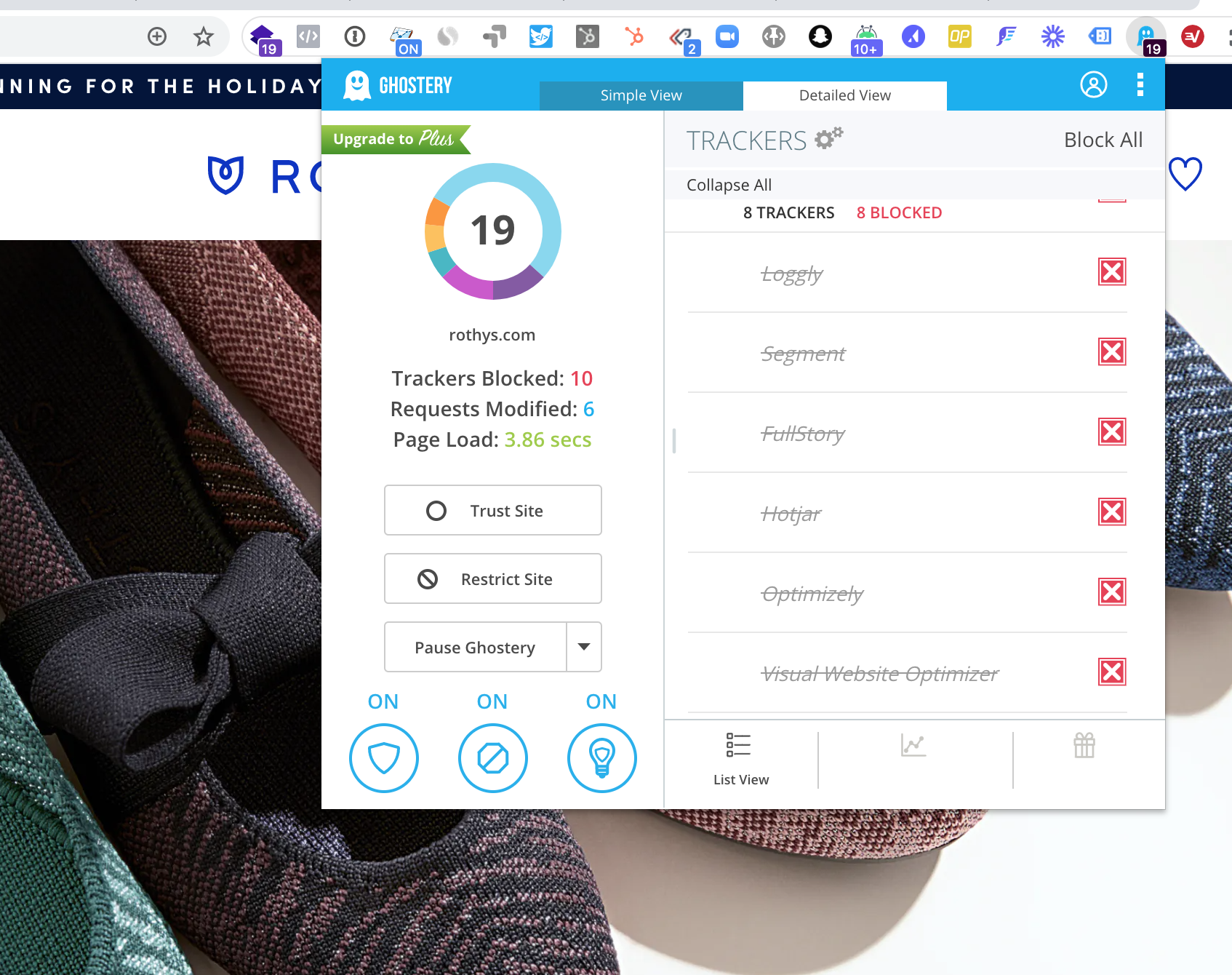
But Google Tag Manager is not:
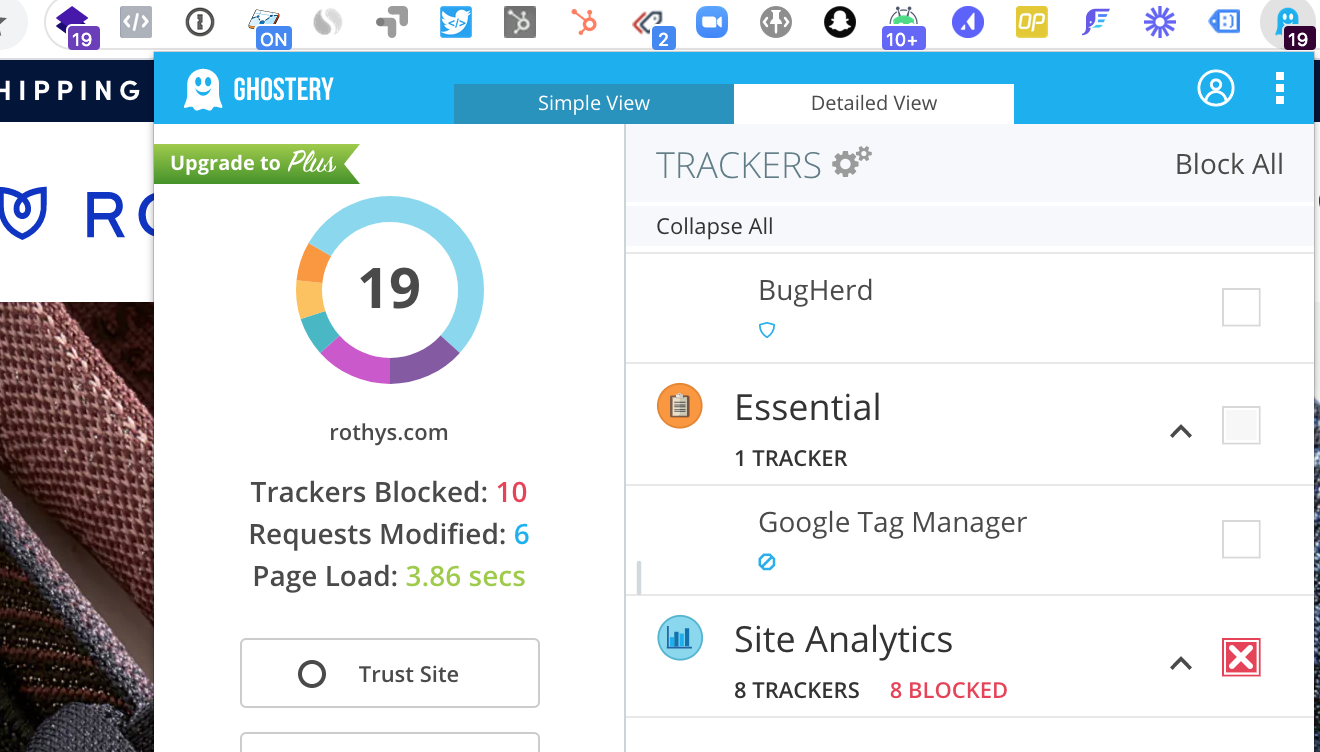
The fine print here is that any scripts you have running in a basic web container will be blocked if executed from GTM.
Which makes the server side container from Google Tag Manager even more powerful.
If you want to learn more about server side tagging with GTM then read my guide on how to get started with server side tagging on Shopify.
5. ITP Cookie Restrictions Catch Up
tl;dr: If your new acquisition is > 7 days and you have a large % of traffic on Safari then expect to see more channel degradation in acquisition reports in Google Analytics.
As part of IOS14 and Safari / Webkit privacy enhancements they are restricting all cookies generated from Javascript to 7 days.
This essentially means that a user who visits your site on Nov 1, then returns on Nov 9 will be two different users in GA, Facebook, Optimize, Google Ads, etc if you are relying on standard pixel based integrations.
We’re working on parallel property comparisons where we have a server side GA property compared to non server side to see the difference.
More to come on this topic!
6. Facebook Conversion API..continues
tl;dr: 2021 will be the year of Facebook Conversion API aka CAPI. We continue to get requests from FB to implement across all standard events, not just purchases (and we will have a solution for all merchants).
One common theme we continue to hear from customers is:
“Same spend, better conversion rate, but our y/o/y metrics (primarily CPA) are down across the board for all FB campaigns. What gives?”
I’ve written extensively on the FB conversion API options with Shopify so I’ll let you dive into that article if you’d like more details.
But there is so much to consider here based on items 1-5 above.
Loss in user signals, events, new checkouts, and ways to track subscriptions.
Just a ton of potential to leverage this and improve your attribution while working under the constraints of privacy regulations.
7. Server Side Tagging
tl;dr: Google continues to enhance the new server side container for GTM. It’s a real threat to Segment for unifying server side tracking for eCommerce.
The power of the new server side container is something that many of you will capture in 2021.
It can help mitigate (or implement) all of the previous points above.
You can watch my in-depth video on server side tagging to learn more about how it works.
8. Google Analytics 4
tl;dr: The best thing to do today is get it up and running to collect data and let it sit there.
GA 4 is great (in theory) but it’s going to be a slow transition for marketers to begin using on a regular basis.
The UI is SO much different.
Plus the eCommerce reporting and customization is still playing catch up.
Did I mention the UI is different??
My best recommendation now is to get GA4 up and running in parallel with your UA property to:
- Collect data for 2021 use
- Have for year over year comparison when you begin to use this full-time
- Use for adhoc analysis, funnel reports, behavior pathing
We offer a free container that translates our data layer for Shopify stores.
Learn more about the intricate details and benefits to GA 4 here.
9. Elevar Data Layer 2.0
tl;dr: We have a major release coming in a week. It’s a full rebuild and sets foundation for all of the above!
I can’t share too much on this yet but I am SO excited for our GTM Suite 2.0.
It’s rebuild from the ground up as we look ahead to 2021-2022.
We started with these key aspects above that we know need to be accounted for.
Then we fixed almost all of the issues that our 1.0 version had.
And the result is the most powerful dataLayer foundation to help marketers improve their tracking and scale with trust.
Keep your eyes peeled!
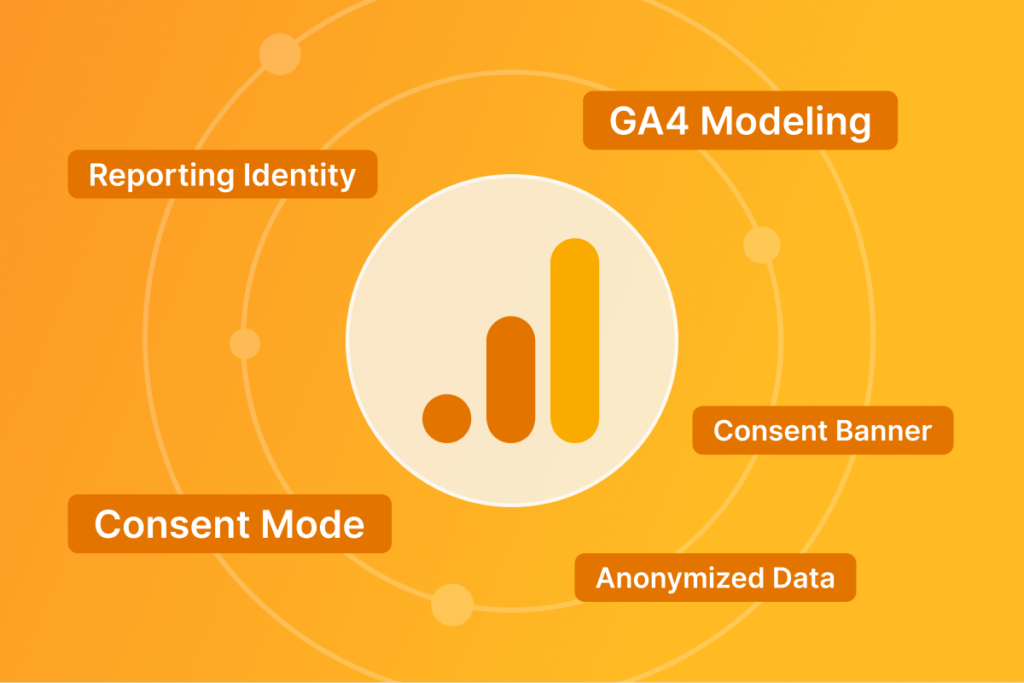
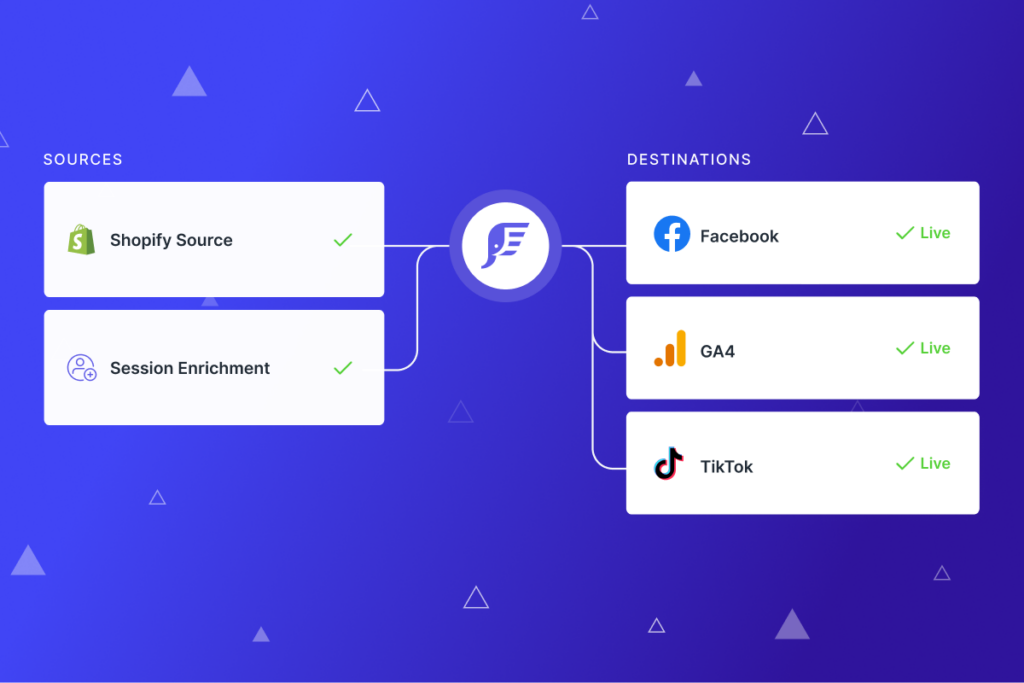
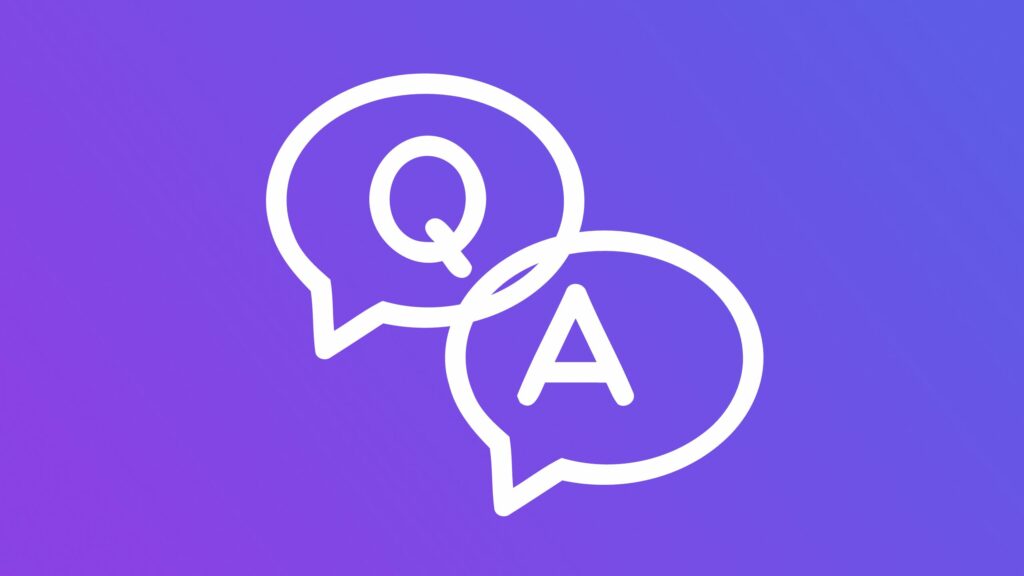
Leave a Reply